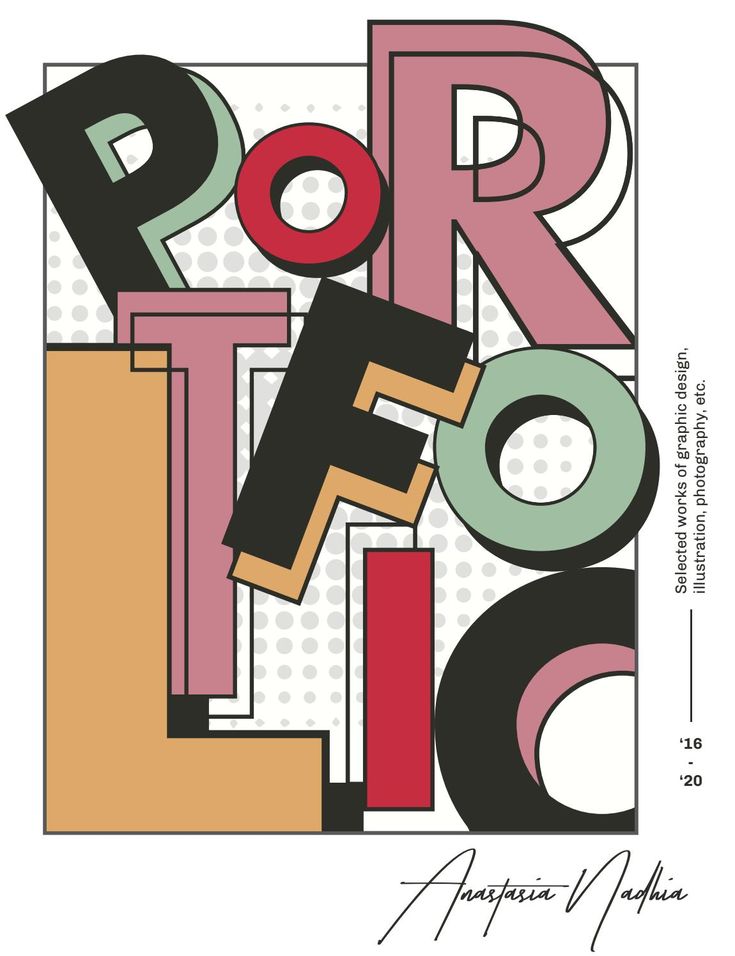When people think of graphic design, they often imagine an artist sketching intricate images by hand. This leads to a common question among aspiring designers: “Do you need to know how to draw to become a graphic designer?” The answer may surprise you.
Let’s break down the role of drawing in graphic design and whether it’s a necessary skill to succeed in the field.
Drawing vs. Designing: What’s the Difference?
Drawing typically refers to freehand illustration—using pencils, pens, or digital tablets to create images from scratch. Graphic design, on the other hand, is the process of visually communicating ideas using elements like typography, layout, color, and imagery. While both involve creativity and visual thinking, they serve different purposes.
In short: drawing is a tool; design is a process.
So, Is Drawing a Requirement?
No, you don’t need to be an expert at drawing to be a graphic designer. Many successful designers don’t consider themselves skilled illustrators. However, having basic sketching skills can be helpful in some areas of design work, such as:
-
Sketching wireframes or concepts quickly before going digital
-
Communicating ideas visually in meetings or to clients
-
Creating custom illustrations for projects (if needed)
But these are not core requirements—there are plenty of ways to create compelling design without ever picking up a pencil.
Tools Do the Heavy Lifting
Modern graphic designers rely heavily on digital tools like Adobe Photoshop, Illustrator, InDesign, Figma, and Canva. These tools provide everything from pre-made assets to vector shapes, enabling designers to build complex visuals without needing to hand-draw anything.
If you can master these tools and understand the principles of design—like hierarchy, alignment, contrast, and balance—you can thrive in this field without traditional drawing skills.
When Drawing Can Help
While it’s not required, drawing can give you an edge in certain scenarios:
-
Logo Design: Sketching quick concepts can speed up brainstorming.
-
Illustration-Based Projects: If your work leans heavily toward custom art, drawing becomes more essential.
-
Freelance or Niche Roles: Some clients may request hand-drawn-style designs or branding materials that require original illustrations.
In these cases, even simple sketching abilities can set your work apart.
Focus on What Really Matters
Instead of stressing over your drawing skills, focus on:
-
Design principles and theory
-
Color and typography
-
Software proficiency
-
Creativity and visual problem-solving
-
Understanding the target audience
These are the foundations of a strong graphic design career.
Conclusion
Drawing can be a helpful skill for graphic designers, but it’s not a must-have. What really counts is your ability to communicate visually, solve problems creatively, and use design tools effectively. If you have an eye for aesthetics and a passion for visual storytelling, you can succeed in graphic design—pencil skills or not.
So don’t let a lack of drawing talent stop you from pursuing your design dreams. With the right mindset and tools, you can create amazing work and build a rewarding career in graphic design.

